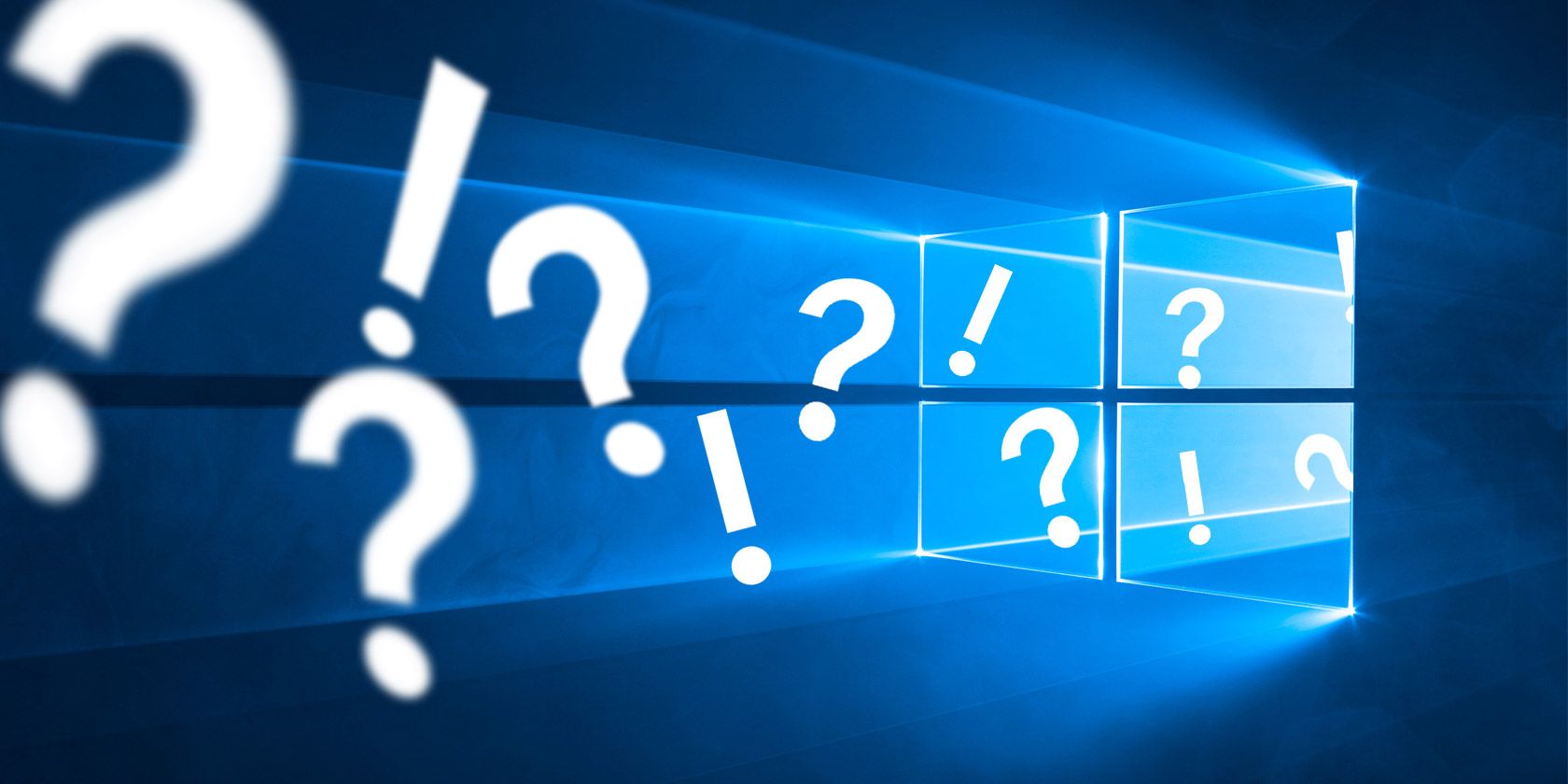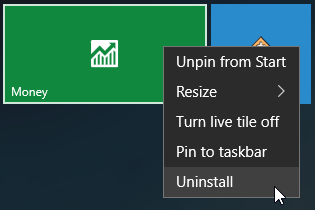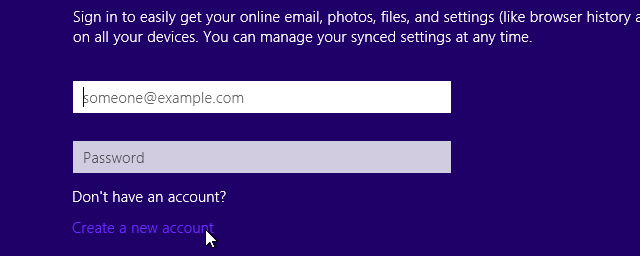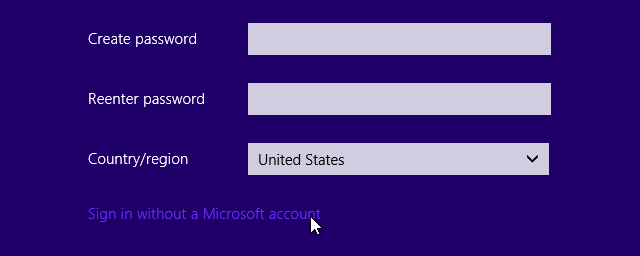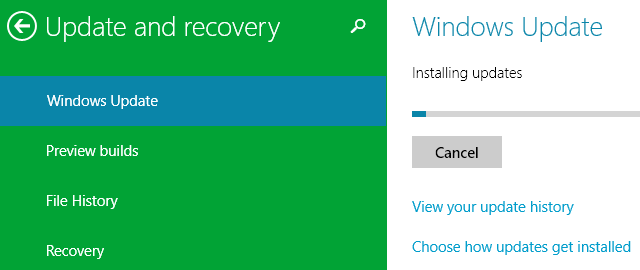Windows 10 has been out for a few months now and is starting to settle down. Despite a somewhat rocky launch, we've seen plenty of reasons to love Windows 10 and we think it's a winning operating system (albeit with room to improve).
But so much has changed and so much is different that people are just plain confused. A lot of rumors and myths are going around and it's hard to tell between what's real and what's not -- so let's debunk these false claims once and for all.
"The Free Upgrade Is Temporary"
People around the world rejoiced when Microsoft first announced that Windows 10 would be available as a free upgrade for users on Windows 7 and 8.1, but once the excitement of that wore off, those same people began to second guess this so-called good news.
In a lot of ways, it was simply too good to be true. After all, Microsoft didn't become the software giant it is today by giving away their flagship products. So people jumped to a reasonable but incorrect conclusion: Windows 10 would only be free during the "upgrade period" between now and July 2016.
But here's what the official Windows blog says:
...a free upgrade for Windows 10 will be made available to customers running Windows 7, Windows 8.1, and Windows Phone 8.1 who upgrade in the first year after launch.
This is more than a one-time upgrade: once a Windows device is upgraded to Windows 10, we will continue to keep it current for the supported lifetime of the device – at no cost.
"Windows 10 Requires a Subscription"
Once the free upgrade period comes to a close, users will need to pay to obtain additional licenses for Windows 10.
To be clear, any PC that already has Windows 10 installed will keep Windows 10 and receive updates for no additional charge, but all other PCs will no longer have the "free upgrade" option come July 2016.
How much will Windows 10 cost then?
Microsoft has released its official operating system prices and confirmed that Windows 10 Pro would sell at $199 and Windows 10 Home would cost $119. ... All copies of the operating system will be available in retail stores and online.
That's pretty straightforward. Yet somehow, thanks to speculative reports like this one, many people are under the impression that Windows 10 will require a subscription to use. It just isn't true.
Sure, Microsoft will be exploring alternative revenue models over the next few years, but rest assured: Windows 10 is safe.
"Pre-Installed Apps Can't Be Removed"
Windows 10 comes with pre-installed bloatware. Honestly, this isn't surprising at all -- bloatware is a common practice, unfortunately -- but it's nonetheless annoying. Bloatware doesn't show up in the Apps list, so some people assume bloatware can't be removed.
Oh, but it can!
There are two ways to remove Windows 10 bloatware. The "tradtional" method involves right-clicking on relevant apps in the Start Menu and selecting Uninstall. It's easy, painless, but somewhat time-consuming if you want to uninstall a lot of bloatware at once.
The other method involves a series of clever PowerShell commands to quickly remove a list of known pre-installed apps. We haven't seen any issue with this method so far, but do so at your own risk.
"You're Stuck With 32-bit / 64-bit"
For one reason or another, a lot of people with 64-bit-capable machines used 32-bit versions of Windows 7 and 8.1. Maybe you're one of them. In the past, it was impossible to switch between 32-bit and 64-bit versions without completely wiping and reinstalling.
Many users simply assume that Windows 10 has the same limitation, but it doesn't. It's not as easy as clicking a button, of course, but it's certainly safer and easier to do it now than it was before -- and you won't lose any data in the process.
"You Must Use a Microsoft Account"
People went berserk when Microsoft introduced the "sign in with a Microsoft Account" feature in Windows 8. It felt like Google and Google Plus all over again -- a company trying to force an unrelated login system on the user.
And at first glance, a lot of people assumed that Windows 10 continued the need to have a Microsoft Account in order to login. Just check this screenshot and see what your first impression is:
"Don't have an account? Then you'll have to create one." That's what it looks like, right? But if you click on the Create a New Account link, you're actually given the option of signing in without a Microsoft Account:
"Automatic Updates Can Be Disabled"
One of the more divisive changes in Windows 10 is the fact that Windows Update is now forced and automatic. Previous versions of Windows allowed users to disable Windows Updates, but doing so often left them vulnerable to security holes.
With the exception of retroactively hiding troublesome driver updates, automatic updates cannot be disabled in Windows 10 Home. New features and security patches are forced upon users. It's unclear whether or not Microsoft will rescind this policy in the future, but for now, it is what it is. (For what it's worth, forced updates are both good and bad.)
That said, Windows 10 Pro can turn off automatic updates, but upgrading from Home to Pro costs $100. So, to be fair, this myth is more of a half-truth since most users will be using Home.
"Wi-Fi Sense Gives Away Passwords"
Many of the security and privacy myths regarding Windows 10 deal with some new Internet-related changes in the operating system. Peer-to-peer updates is a problem, but Wi-Fi Sense is the big elephant worth addressing.
Wi-Fi Sense lets your friends connect to your Wi-Fi network without needing to know the actual Wi-Fi password. Does that sound incredibly insecure to you? Rest assured, you'll be fine.
At the end of the day, Wi-Fi Sense just isn't a big security risk. It uses tokens rather than passwords for access, and access is limited to Internet only -- no access to files or devices on the network -- so there's really nothing an intruder could do even if one broke in. The controversy is greatly exaggerated.
How Do You Feel About Windows 10?
This isn't to say that Windows 10 is the pinnacle of all operating systems. Microsoft has a lot of work to do before Windows 10 can get anywhere close to claiming that, but all of these myths and misconceptions are wrong and overblown.
Personally, I think it's worth upgrading to Windows 10 for the performance improvements and new features, but only if you're willing to endure inconveniences like automatic updates.
Are you using Windows 10 yet? How do you feel about it? Did Microsoft do well or did they fall short? Let us know your thoughts in the comments!
Image Credits: Laptop on Couch by Syda Productions via Shutterstock

